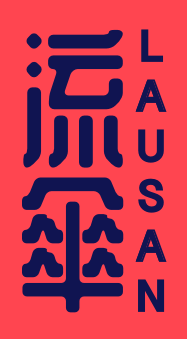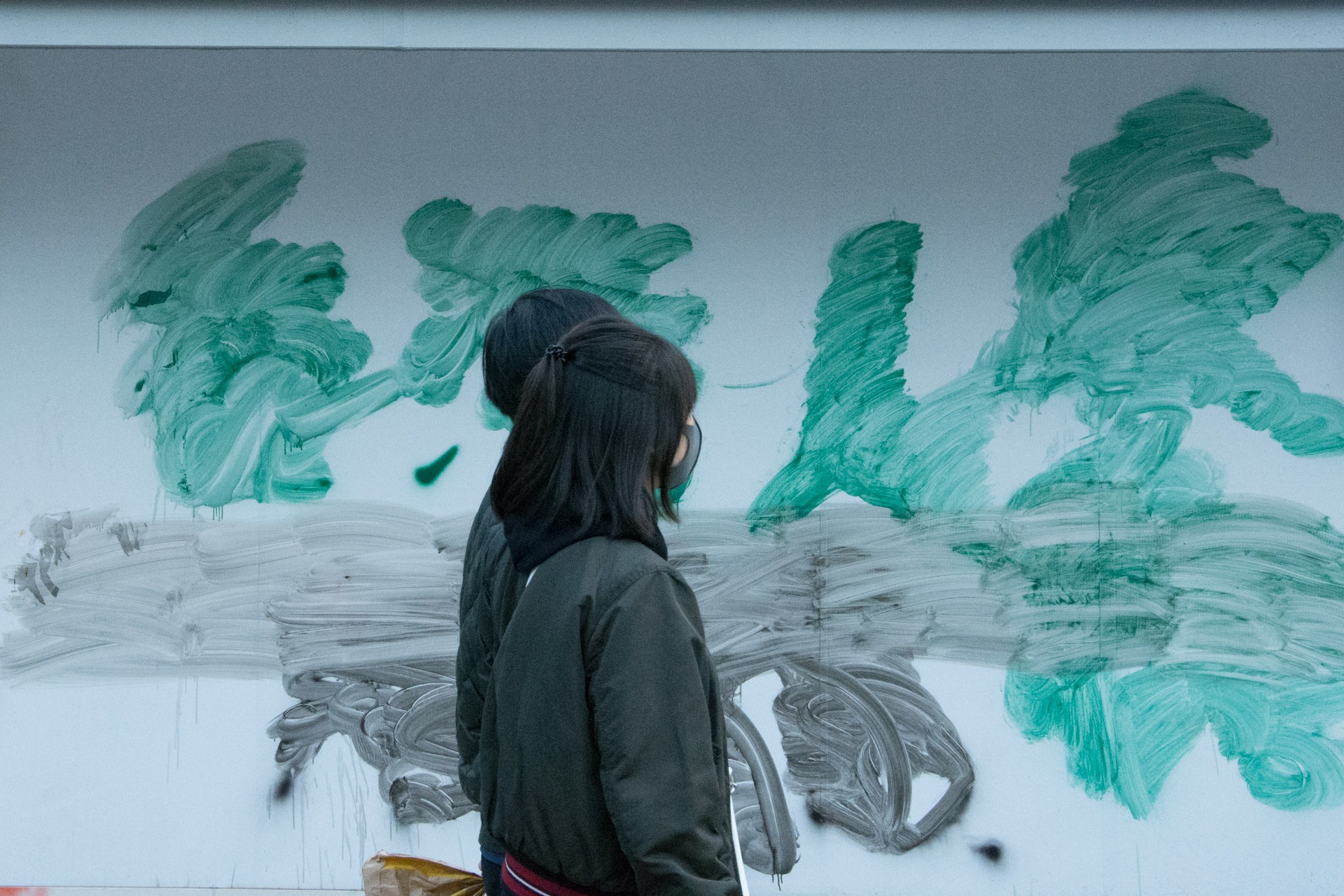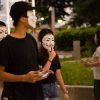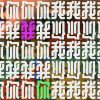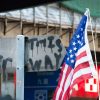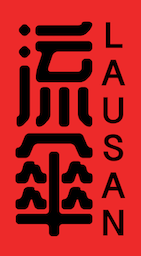Original: 【新冠抗疫與香港人身份認同建構——我們真的要走向種族主義嗎?】, published on Matters
Author: The Civil Critique 清議, a group of Hong Kong university students.
Translators: MH, yehua
This article has been edited for precision and clarity. If you would like to be involved in our translation work, please get in touch here.
“I feel like if I wore a surgical mask in public, people would freak out.”
When I was an exchange student in the UK, I got to know a Chinese-German dorm-mate. We caught up recently, and despite the geographical distance between us, our conversation eventually broached the by-now common experience of the coronavirus crisis. When the mask-buying frenzy flared up, he told me the following:
As someone who was born and raised in Germany, he naturally identifies as German. Yet he fears he would be ostracized by the community he identifies with because of his skin color—a sudden, complex and helpless feeling of isolation.
In western society, Chinese people have largely been identified by their skin color. As long as you have yellow skin, you are a potential carrier of the coronavirus, regardless of whether you are really Chinese, and regardless of where you were born and raised. For safety’s sake, avoiding you would be the best course of action.
When a virus outbreak begins in a particular community, it is understandable to quarantine the entire community in the name of public health. This may also have some impact on containing the virus. And since the coronavirus had begun its spread in China, it is not completely beyond reason for countries to impose travel bans on China and deny those who had travelled to China from entering.
However, when an infectious disease is equated with a particular people, the windows to racism would be flung wide open. The stigmatization of specific groups because of a disease is not new:[1] The Chinese diaspora in San Francisco during the 1990 plague; Haitians during the AIDS Crisis; Spaniards and the 1918 H1N1 type A influenza; Mexicans and the 2009 H1N1 Swine Flu, and Africans and the Ebola Virus, all faced similar issues at the time. There is a fine line between quarantining communities for public health reasons and stigmatizing them because of racial discrimination.[2]
As the coronavirus slowly spreads to different countries around the world, several incidents of racism against Asians have occurred in Western countries. Someone has already created a Wikipedia page documenting incidents of xenophobia and racism related to the coronavirus outbreak[3] and summarizing cases from around the world. These issues have also sparked media attention in the West.[4]
So, what about Hong Kong?
On February 5, the Music Department of Diocesan Boys’ School posted on Facebook about an incident where a former violinist was attacked by over 20 teenagers in London for “bringing the virus abroad.”
On LIHKG (an online forum widely dubbed Hong Kong’s Reddit), the post about the attack went viral for some time. The most-liked comments on the post all conveyed the same message—Hong Kong is not China; it’s the Mainland Chinese, not Hongkongers, who are spreading the virus globally; Hongkongers have been implicated by the Chinese’ “lack of virtue.”
In Hong Kong, what differentiates “locals” from Mainlanders is their language. Those who speak Mandarin are most likely Mainlanders, and those who speak Cantonese are probably Hongkongers. As such, the former have been conflated with disease spreaders, and the latter the innocent victims. In view of such differences of identity, racism toward Asians has further evolved into a secondary discrimination, that of Hongkongers against Mainlanders.
We are glad to see that there are numerous critiques on Matters about how Hongkongers have been discriminating against Mainlanders during the current epidemic. They mention shops that refuse Mandarin-speaking customers (with the exception of Taiwanese ones) and the way in which some LIHKG users mocked the death of Li Wenliang, the doctor who blew the whistle on the outbreak in Mainland China. Regrettably, these debates do not seem to have attracted mainstream attention in Hong Kong. Among the local pro-democracy media outlets, Initium Media created a forum for readers to discuss the issues surrounding the racism and xenophobia Mainlanders have been facing since the coronavirus outbreak, and Apple Daily has reported on the racism Chinese people have faced in the West, but there has not been similar reports on Stand News.[5] In any case, these reports do not seem to have made their way into Gen Z circles.
Discourse on the coronavirus epidemic in Hong Kong
In reality, mainstream discourse in Hong Kong surrounding the coronavirus outbreak has been focused on the inherent differences between Hongkongers and Mainlanders. Based on Telegram group discussions, protest art and posters, and news reports, the discourse broadly falls into the following two categories:
Firstly, Mainlanders are portrayed as virus spreaders, and Mainlanders visiting Hong Kong are broadly considered to have heightened the risks of a coronavirus outbreak in Hong Kong. On average, 20,000 Mainland Chinese visitors entered Hong Kong every day over the Lunar New Year.[6] This did increase the risk of a community outbreak and explained why the proposal to ban Mainland Chinese visitors from entering Hong Kong had received the endorsement of local experts on infectious diseases. However, what this narrative doesn’t tell us is the fact that only around 20% of the visitors entering Hong Kong at this time were Mainlanders. Instead, 60-70% of those entering the city from the Mainland were actually Hong Kong residents.[7] If anything, these Hong Kong citizens had created a greater risk for a local outbreak than the alleged 20,000 Mainlanders.
Secondly, Mainlanders are seen to be competing with Hongkongers for increasingly overextended medical resources, further burdening the healthcare system as they flock to hospitals in Hong Kong for treatment. The notion that Hong Kong’s healthcare system is overwhelmed has been debated for a long time. The frequent criticism of new arrivals from the Mainland with one-way permits “occupying” the city’s healthcare services, coupled with the government’s permission for non-locals diagnosed with the coronavirus to receive free medical care, has triggered Hongkongers’ discontent towards Mainlanders’ appeal to local healthcare resources.
We can never actually separate public health issues from politics: ostensibly public health-based justifications cannot disguise underlying political agendas.
We also happen to have a number of friends working in hospitals. From time to time, I hear about their extremely long hours, the intensity of their jobs, and how they lack protective equipment to combat the current outbreak. I understand why they have gone on strike—it is undeniable that frontline medics are heavily burdened, but putting the blame on Mainlanders is neither fair nor accurate.
Statistics suggest that as of February 7, only seven of the 24 patients who tested positive for coronavirus had come from Wuhan, China.[8] At this point, the government has also started to close some border checkpoints and charge non-locals for medical treatment—no one knows how things would have turned out without these measures. But it is easy to see why the narrative of “Mainlanders stealing local resources” is so believable and persuasive despite its shaky factual grounding: it evokes the memory of the alleged birth tourism of families with no residency rights in Hong Kong along with the exaggerated impression that hospitals “filled with Mandarin speakers.”
It was in this discursive context that the public medical workers’ strike was propagandized and mobilized: The coronavirus is a “Chinese virus,” and Chinese people are spreading the disease everywhere, even competing with Hongkongers for dwindling healthcare resources and pushing medical workers to the breaking point.
This discourse explains why, in parallel with the public health considerations that have taken place as of mid-February, demands for the closure of all border checkpoints to the Mainland have received staunch support from “deep yellow,” “light yellow,” and even “light blue” camps (note: in the context of the anti-establishment struggles stretching all the way back to 2014, the colors yellow and blue have been associated with the pro-democracy camp and the pro-Beijing/pro-police camp respectively).
From a solely public health perspective, we agree that the Hong Kong government should have imposed stricter restrictions on entry from the Mainland into Hong Kong earlier on. But we can never actually separate public health issues from politics; ostensibly public health-based justifications cannot disguise underlying political agendas. Once again, when an infectious disease is equated with a particular people, the floodgates to racism are blown wide open, spelling graver consequences than we can imagine.
We can now see this racism at its most overt—“Mainlanders do not merely spread the virus everywhere; they are the virus themselves”—as well as its most vulgar and twisted—“The ignorance, ugliness and crookedness of Mainlanders have not only spread this ‘Chinese flu’ to the world, it is also the basic reason why Hong Kong’s health workers are worried sick every day, and why Hongkongers are doomed.”
This framing goes far beyond a condemnation of the Chinese Communist Party (CCP) and the establishment as a whole: it is naked hatred directed indiscriminately toward an entire people. This warped view of viral containment is built on fragments of understanding that have all but merged into an incoherent whole: Mainlanders eating wild animals, Wuhan residents escaping the city before the lockdown, Chinese patients refusing to cooperate with the doctors and traveling while sick, and local authorities fighting over medical supplies. These stereotypes are mobilized to project an image of Mainland Chinese people as savage, dirty, uncivilized, repulsive, appearing united but selfish on the inside. Sometimes, they are even reinforced with allusions to Lu Xun’s concept of the inherent wickedness of the Chinese national character.
Hong Kong’s pro-democracy movement has similarly gone beyond the anti-establishment and anti-CCP values of “learning about China”, “caring for our society”, “democratic patriotism” and “democracy against the CCP” that were advocated in the 1970s and 1980s. Since the early 2010s—when the Hong Kong-China conflict started to reach a fever pitch—the movement has taken the position of total rejection, dehumanization and hatred of Han Chinese people, which has only intensified in the current epidemic.
What the nativist camp wants to see the most is for Hongkongers to be completely emotionally severed from the Mainland, so that however corrupt the Chinese establishment is, whatever disaster happens in or whichever heroic figure emerges from the Mainland, these issues bear no relevance to Hongkongers and are not worth Hongkongers’ criticism, celebration or grief. So even when whistleblower doctor Li Wenliang passed away, he is only viewed as a “conscience of Chinese society.” For nativists, he is decidedly not a “conscience of Hong Kong values” because he supported the police and goes against the purported Hong Kong-specific values of freedom and democracy. To grieve for him is shameful and despicable.
By this logic, we may as well forget about the dire conditions of freedom of expression in the Mainland, and instead focus on using the British gang’s assault of overseas Hong Kong students to amplify the “Hong Kong is not China” rhetoric on the international front of our movement. To use a racist incident to spur more racism—how ironic.
All such instances and discourses of the dehumanization and hatred of Chinese people form an integral part of how the “Hong Kong nation” has been conceptualized.
It is unsurprising that states have long taken advantage of the identification of an us against them to create a constructed sense of collective identity—and enmity—among its subjects.
In the face of material scarcity, conflicts for the sake of survival have unfolded throughout history, and one’s sense of belonging toward their own communities has inevitably been shaped by hostility towards others. The identification of an us against them has consolidated over time as different groups’ respective cultures, customs and languages evolve. It is unsurprising that states have long taken advantage of this to create a constructed sense of collective identity—and enmity—among its subjects.
The definition of us and them is key to the process of imagining and forging nationalisms. And when diversity in culture, customs and languages thrives even within a supposed us, or when separating an us from a them is difficult because of our similarities in traditions and ways of life, conflict and competition become convenient ways to draw the line. To put it simply, we become united, even galvanized, by their (constructed) threat. For instance, much of the construction and consolidation of the “Chinese nation” have been owed to the constant reminder and weaponization of collective humiliation in response to centuries of invasion and occupation by foreign powers.
But there is still a difference between interpreting a difference between us and them or even treating this them with hostility, and the unbridled denigration and hatred of them. When nationalism moves towards a xenophobic, dehumanizing extreme, the dangers can be incalculably far-reaching. To tie identity formation in Hong Kong with Sinophobia is to declare an us that is paradoxically founded on forces of violent division.
Racist and xenophobic incidents happen all the time around the world and are rightly condemned at every turn. But if these critiques merely confirm for localists what they derisively assume about “leftards” (note: a Cantonese epithet referring to left-leaning liberals, usually those associated with academic and public intellectual production)—that they’re idealistic, unrealistic and misunderstand human nature—it also betrays how the “right-wing” frequently touted in localist circles has been unimpeded in taking over an imaginary of Hong Kong identity that is supposed to be independent and freely determined.
Such discourse originates from the most radical factions in the movement and do not represent all those who support and fight for a democratic and free Hong Kong. However, if we insist on not severing ties with any and all tendencies within the pro-democracy camp, then Hong Kong’s pro-democracy movement will have to contend with fighting alongside a nationalist faction who have unyieldingly based their discourse on hate.
There are many issues that our democracy movement needs to grapple with, and identity is certainly one of them. Rather than argue over whether “cockroach” or “dog” is more dehumanizing an epithet (note: pro-Beijing protesters have likened the cockroach to pro-democracy protesters or the yellow camp, while pro-democracy protesters have associated the dog to police), we should be reflecting on how we have been calling Mainlanders “locusts” for years. It is our hope that the ongoing formation of our collective identity be founded on experiences and values that we are all proud of as Hongkongers, an us that is no longer contingent on competition with and persecution of a them.
Footnotes
[1]The Initium, ‘Li Zi: “Hua people, Chinese people, Wuhan people”—Stigmatization and social conflict amid a pandemic’
[2]Vox, ‘The coronavirus exposes the history of racism and “cleanliness”‘
[3]Wikipedia,「2019新型冠狀病毒疫情相關的排外及種族主義」
[4]See further:
- BBC News (3 Feb 2020), ‘Coronavirus: British Chinese people reveal prejudice amid outbreak’
- BBC News (4 Feb 2020), Londoners ‘experiencing racism over coronavirus’
- BBC News (4 Feb 2020), ‘I was sent racist abuse over the coronavirus’
- TIME (3 Feb 2020), ‘Xenophobia is a pre-existing condition: How harmful stereotypes and racism are spreading around the coronavirus’
- The Verge (4 Feb 2020), ‘The new coronavirus is not an excuse to be racist’
- The Washington Post (5 Feb 2020), ‘The coronavirus reawakens old racist tropes against Chinese people’
[5]See further:
- Apple Daily (4 Feb 2020), ‘Chinese diaspora in France launches Je ne suis pas un virus campaign against racism’
- Apple Daily (6 Feb 2020), ‘Canadian white male accused of racially abusing Chinese family’
[6]Hong Kong Immigration Department (Jan 2020), ‘Statistics on passenger traffic’
[7]Ibid.
[8]HK01 (7 Feb 2020), ‘25 confirmed cases of coronavirus in Hong Kong; 13 local, affecting 6 families’
